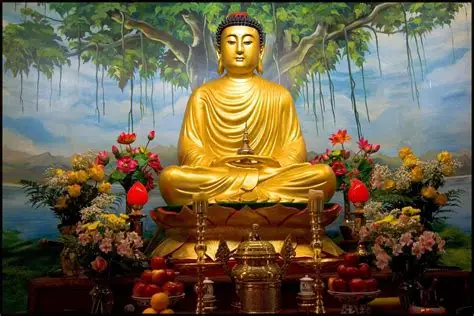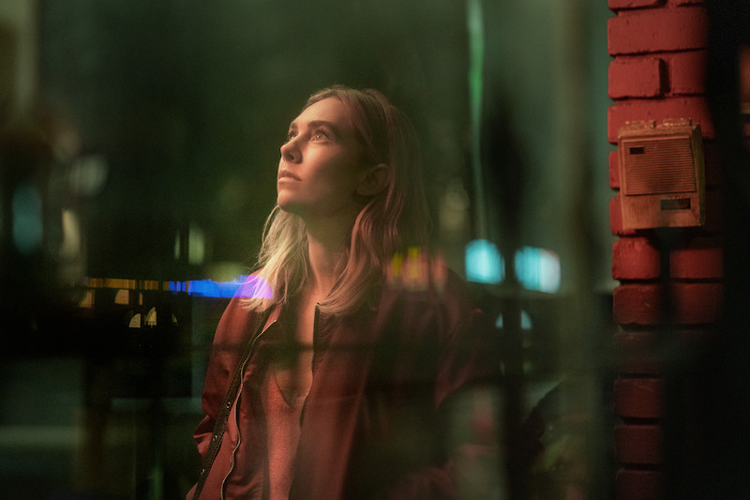Buddhist Festivals in India – A Complete Travel Guide

India is the birthplace of Buddhism, and nothing reflects its living traditions better than the vibrant celebrations of Buddhist Festivals in India. These festivals are not only spiritual gatherings but also cultural spectacles that bring together monks, pilgrims, and travelers from across the world. Rooted in the teachings of Lord Buddha, they highlight values of peace, compassion, and mindfulness while showcasing India’s rich Buddhist heritage.
🌄 Introduction to Buddhist Festivals in India
-
Buddhism originated in India in the 6th century BCE with Siddhartha Gautama, the Buddha.
-
Today, millions of Buddhists across India and the world celebrate festivals that mark key events in Buddha’s life.
-
These festivals are observed in monasteries, temples, and sacred sites like Bodh Gaya, Sarnath, Kushinagar, and Ladakh.
-
They combine rituals, chanting, meditation, cultural performances, and community feasts.
🏔️ Why Experience Buddhist Festivals in India?
-
Spiritual Significance: Connect with the teachings of Buddha.
-
Cultural Immersion: Witness traditional dances, rituals, and monastic ceremonies.
-
Community Bonding: Festivals bring together people from diverse backgrounds.
-
Peaceful Retreats: Ideal for meditation and mindfulness practices.
-
Global Appeal: Attracts pilgrims from Sri Lanka, Thailand, Japan, and beyond.
🌸 Major Buddhist Festivals in India
1. Buddha Purnima (Vesak)
-
Celebrates the birth, enlightenment, and Mahaparinirvana of Lord Buddha.
-
Observed on the full moon day in April–May.
-
Rituals include prayers, meditation, sermons, and distribution of food to the poor.
-
Bodh Gaya, Sarnath, and Kushinagar are major centers of celebration.
2. Hemis Festival – Ladakh
-
Celebrated at Hemis Monastery in Ladakh.
-
Marks the birth anniversary of Guru Padmasambhava, who spread Buddhism in Tibet.
-
Famous for masked dances (Cham), thangka displays, and monastic rituals.
-
Attracts thousands of tourists and pilgrims.
3. Losar Festival – Tibetan New Year
-
Celebrated in Ladakh, Sikkim, and Arunachal Pradesh.
-
Marks the beginning of the Tibetan lunar calendar.
-
Rituals include prayers, offerings, dances, and family gatherings.
-
Monasteries are decorated with colorful flags and lights.
4. Kala Chakra Festival
-
Organized in Bodh Gaya, often led by the Dalai Lama.
-
Focuses on world peace and spiritual teachings.
-
Includes mass prayers, meditation, and empowerment rituals.
5. Magha Puja (Sangha Day)
-
Celebrated in February–March.
-
Commemorates the spontaneous gathering of 1,250 disciples to hear Buddha’s teachings.
-
Observed with chanting, meditation, and sermons.
6. Ullambana Festival
-
Known as the “Hungry Ghost Festival.”
-
Celebrated in monasteries to honor ancestors and departed souls.
-
Rituals include offerings of food and prayers for the deceased.
7. Thiksey Gustor Festival – Ladakh
-
Held at Thiksey Monastery.
-
Features Cham dances, rituals, and symbolic destruction of evil.
-
Celebrated in October–November.
8. Tawang Festival – Arunachal Pradesh
-
Celebrated at Tawang Monastery.
-
Includes monastic dances, cultural performances, and exhibitions.
-
Promotes Buddhist traditions and local culture.
🛶 Rituals and Traditions During Buddhist Festivals
-
Chanting & Meditation: Monks and devotees recite sutras and meditate.
-
Offerings: Flowers, incense, lamps, and food are offered at temples.
-
Masked Dances (Cham): Symbolic performances depicting the victory of good over evil.
-
Thangka Displays: Sacred paintings of Buddha and Bodhisattvas are unveiled.
-
Community Feasts: Meals are shared among devotees and the poor.
🧳 Sample 7-Day Festival Itinerary
Day 1: Arrival in Bodh Gaya, attend Buddha Purnima celebrations.
Day 2: Meditation retreat and visit Mahabodhi Temple.
Day 3: Travel to Ladakh, witness Hemis Festival dances.
Day 4: Explore monasteries in Leh, attend Losar rituals.
Day 5: Visit Thiksey Monastery for Gustor Festival.
Day 6: Travel to Tawang, enjoy cultural performances.
Day 7: Departure with shopping for Buddhist handicrafts and souvenirs.
🍲 Culinary Experiences During Buddhist Festivals
-
Simple Monastic Meals: Rice, vegetables, and soups.
-
Regional Specialties: Momos, thukpa, butter tea in Ladakh and Sikkim.
-
Festival Foods: Sweet offerings, fruits, and traditional Tibetan dishes.
-
Community Kitchens: Langar-style meals served to devotees and visitors.
🛍️ Shopping During Buddhist Festivals
-
Handicrafts: Prayer wheels, thangka paintings, wooden carvings.
-
Souvenirs: Buddha statues, meditation beads, incense sticks.
-
Local Produce: Herbal teas, honey, and organic products.
-
Textiles: Woolens from Ladakh, traditional robes from Sikkim.
🚗 Activities During Buddhist Festivals
-
Meditation Retreats: Guided sessions in monasteries.
-
Cultural Performances: Masked dances, folk music, and chanting.
-
Heritage Walks: Explore ancient monasteries and stupas.
-
Photography: Capture vibrant costumes, rituals, and landscapes.
-
Community Service: Participate in food distribution and charity.
🕌 Spiritual Journeys Linked to Festivals
-
Bodh Gaya: Enlightenment site, central to Buddha Purnima.
-
Sarnath: First sermon, celebrated during Magha Puja.
-
Kushinagar: Mahaparinirvana, observed during Buddha Purnima.
-
Ladakh & Sikkim: Monastic festivals like Hemis, Losar, and Gustor.
-
Tawang: Cultural and spiritual celebrations at Tawang Monastery.
🌍 Cultural Highlights
-
Festivals: Blend of spirituality and cultural heritage.
-
Music & Dance: Monastic chants, folk songs, and Cham dances.
-
Art: Thangka paintings, frescoes, and sculptures.
-
Community Spirit: Emphasis on compassion, charity, and mindfulness.
🏨 Accommodation Options
-
Luxury Hotels: Premium stays near Bodh Gaya and Leh.
-
Budget Guesthouses: Affordable lodges for pilgrims.
-
Monastery Stays: Authentic spiritual experiences.
-
Eco-Resorts: Sustainable stays near Himalayan monasteries.
💡 Travel Tips for Buddhist Festivals in India
-
Dress modestly at religious sites.
-
Respect monastic traditions and rituals.
-
Pre-book accommodations during major festivals.
-
Carry cash for donations and small purchases.
-
Stay hydrated and plan for high-altitude travel in Ladakh.
✨ Conclusion
India’s Buddhist festivals are not just religious events—they are cultural journeys that celebrate peace, compassion, and mindfulness. With sacred rituals, vibrant dances, community feasts, and spiritual retreats, they offer travelers a chance to immerse themselves in living Buddhist traditions. Choosing to experience Buddhist Festivals in India ensures a well-planned, enriching journey where every detail is taken care of. Whether you seek spiritual enlightenment, cultural immersion, or simply the joy of celebration, these festivals promise unforgettable memories.



